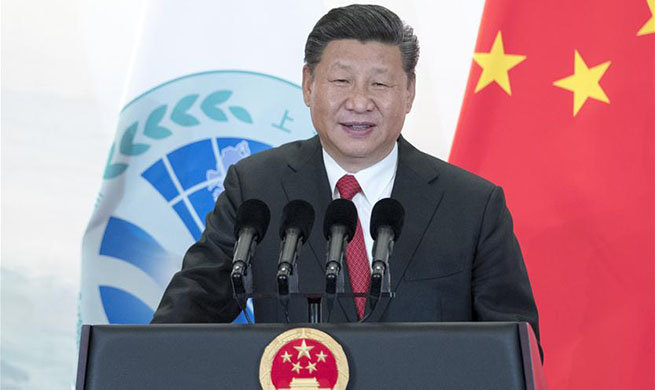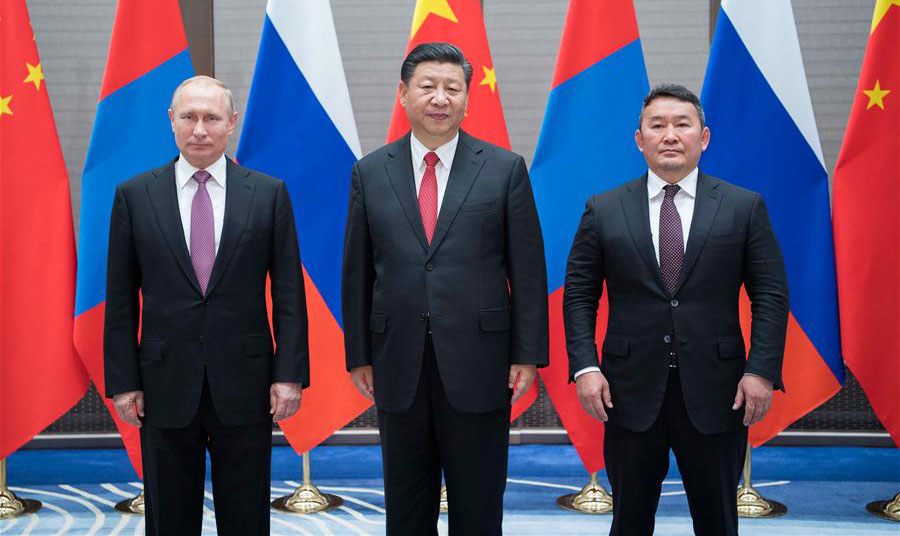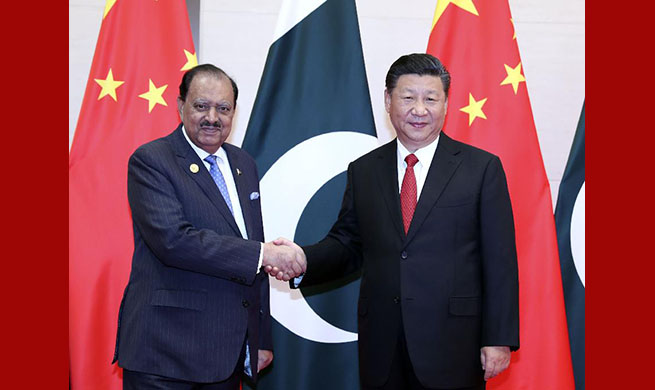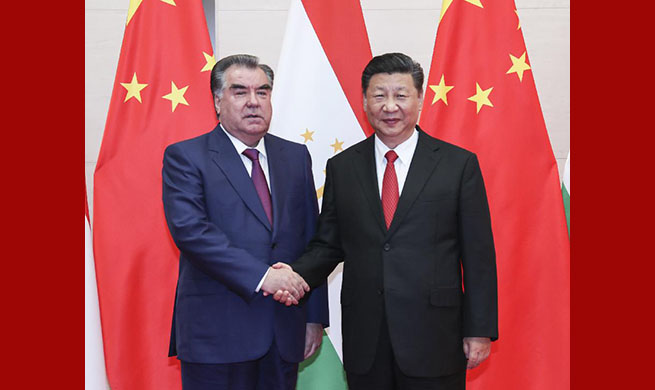by Dang Qi, Cristobal Chavez Bravo
SANTIAGO, June 9 (Xinhua) -- China's structural reforms are paradigmatic for Latin American countries in need of similar changes, according to a senior official of the United Nations' leading economic agency for the region.
In a recent interview with Xinhua, Mario Cimoli, the deputy executive secretary of the Economic Commission for Latin America and the Caribbean (ECLAC), said the region should take its cues from the Asian giant.
"China is transforming and modernizing its structure and that sets an example for Latin America," Cimoli said, adding that Latin America has to learn and understand that the process could not emerge solely if the market was allowed to stop working.
Throughout the nearly four-decade process of opening up its economy to the outside world, China's government has played a "very important" role in setting the policies to guide the industrial and technological transformations, he said.
"I think China is showing Latin America how to be a market economy while having the state orient and transform the productive structure, and make it competitive," said Cimoli, author of the book "Innovation and Economic Development."
The economic reform China launched in 1978 crucially called for "modifying the principal economic parameters, which are: a greater free market, greater access to international trade, greater access to exports and imports, and greater access to outside technologies," Cimoli said.
China achieved "profound change over 40 years," and that process showed a path that not many countries have managed to obtain, he said.
Cimoli has witnessed China's economic transformation firsthand during his trip to Shanghai, which left him "really impressed."
"When you are at the top of Shanghai's Jinmao Tower, you can truly see the growth," said Cimoli.
"What most impresses a development economist is seeing the rate of growth off the page, seeing it in daily activities of everyday life," he said.
"From one year to the next, you'll see a number of new buildings, new services, new automobiles ... you can see the growth rate walking along the street," Cimoli added.
In addition, China's evolution is also having a positive impact on its ties with Latin America, he said.
"The relationship is changing and leading to changes in the productive structure ... of Latin America," through trade, investment, and scientific and technological cooperation, said Cimoli.
In 2017, the total trade volume between China and Latin America rose 18.8 percent to nearly 260 billion U.S. dollars, and China is the region's second biggest trade partner now.
In addition, beyond bilateral ties, China's growth is having a positive impact on the global economy as a whole, he said.
"China's transformation was a driver of the global economy and it's going to continue to be. When China grows, the whole world grows," said Cimoli.
"Today, China has very high levels of exports and imports but it continues in a way to specialize in certain items," said Cimoli, adding that the new reform and political accords in China will contribute to the transition of China from the stage of quantitative growth to the stage of high-quality development in the future.
For Latin America, the best way forward is to expand cooperation with China in a variety of fields, he said.
"We think there are some paths that are fundamental. Scientific and technological cooperation has to be one of them, the other one has to be financing and jointly rethinking the investments. The third is multilateral cooperation with China," said the ECLAC official.

















